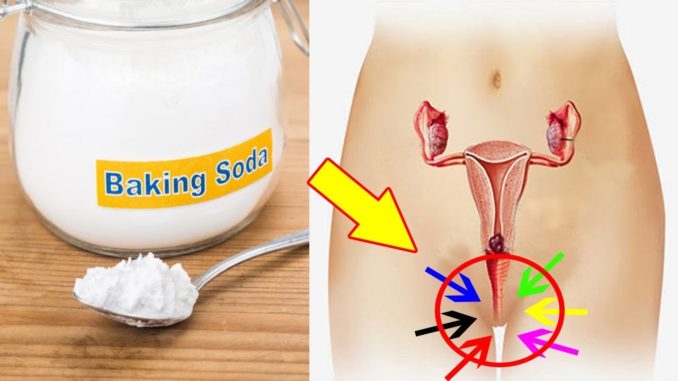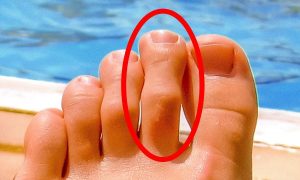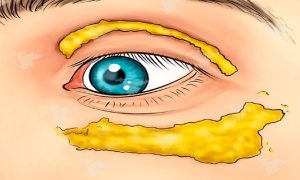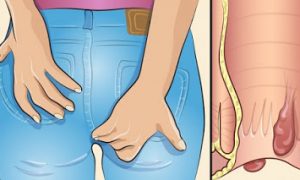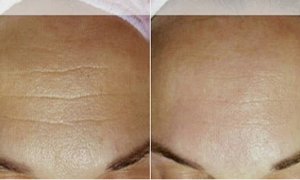There are many types of vaginal washes available in the market that promise to keep you healthy and smell free “down there”. #But wait before you pick them up, most of these are loaded with chemicals that can be harsh on this delicate and sensitive area. #Instead, make your own vaginal wash, and believe us it isn’t too difficult. If you have baking soda in your kitchen cabinet, use it. This wonderful ingredient can help you combat vaginal infections and keep it odour free.
WHY CHOOSE BAKING SODA THE?
PH level of a healthy vagina is typical between 3.5 to 4.5, this also means that the area is little acidic in nature. #If the pH level goes up or down, it could be responsible for a host of problems…
SOME PROBLEMS THAT OCCUR DUE TO IMBALANCE OF PH IN THE VAGINA ARE:
- Yeast infections
- Excessive vaginal discharge
- Foul odour
- Itching
- Painful intercourse
#However, using baking soda to clean the area can help you restore the pH balance. The reason being baking soda is alkaline in nature. #When an alkaline substance is mixed with something acidic, it neutralises it. #So, when baking soda is used to wash the vaginal area, it helps to restore the pH balance and bring it to the optimum level. Here are some more tips and tricks to improve your vaginal health.
HOW TO USE IT
Here are a few ways in which baking soda can help with vaginal problems:
1.MAKE A VAGINAL WASH:
Mix two teaspoons of baking soda in a mug filled with lukewarm water. Use this mix to clean your entire vaginal area, the vulva or outer genital lips, labia minora or smaller inner lips and the #vaginal opening. Once you use the baking soda-water solution to clean the entire area, wash it once again with regular water and pat dry with a clean towel. #Don’t go overboard with baking soda, due to its alkaline properties too much of it can leave the area dry. Here are six fun facts about the vagina that you should know.
2.USE AS BATHING SALT:
Add one-half cup of baking soda to a bucket full of lukewarm water. #Pour the water in your bathtub and allow your lower body (till your waist) to soak in it for at least 20 minutes. #Make sure that your vagina is well soaked in the water. Next, take a shower and pat yourself dry.
3.MAKE A SOOTHING DRINK:
In a glass of water mix half-a-spoon of baking soda and drink it just before your big night or when washing isn’t possible. It wouldn’t taste as the best drink ever, but can help you minimize the #symptoms of foul smell and itching. Here is how lemon grass can help you keep your vagina clean.
4.AFTER YOUR PERIODS:
Your menstrual blood has a pH of 7.5 which leaves the area dry and itchy right after your periods are over. Here are 10 tips on menstrual hygiene that every woman should follow.
5.AFTER USING SCENTED VAGINAL WASH OR DOUCHE:
#If you have used any over-the-counter vaginal wash or douche to prepare for the big night and smell sweet, chances it can make you dry down there. #Most of these products have a pH of 8. So once you are done being the best during your wild night, use the #baking soda-water solution to restore the balance.
6.IF YOU SUFFER FROM HORMONAL FLUCTUATION:
#Menopause, pregnancy, other health issues could disrupt the pH balance of your vagina. In such #situations, this remedy will come in handy.
7.IF YOU ARE SMELLY, WET AND ITCHY DOWN THERE:
These are symptoms that you might be suffering from a yeast infection. It can be tamed naturally with baking soda. #However, do not rely on this solution to treat gynecological problems that need attention of an expert.
#If you experience itchiness, foul smell, excessive discharge even after using this remedy for more than a fortnight; better visit a gynecologist for help.



